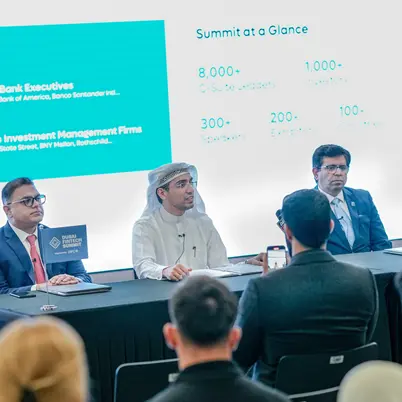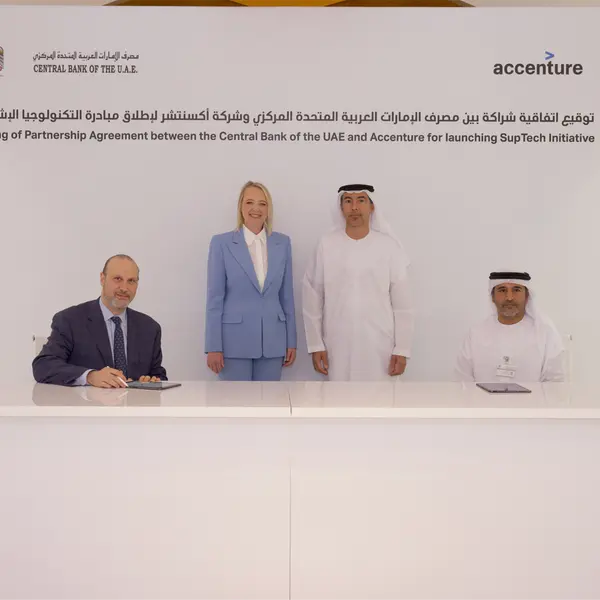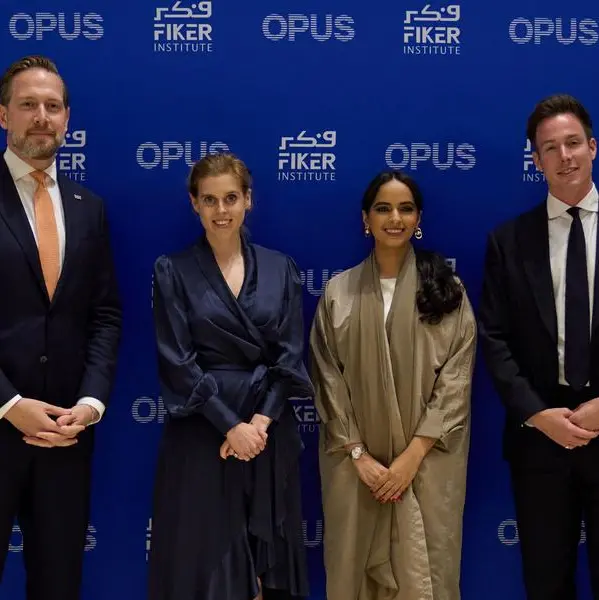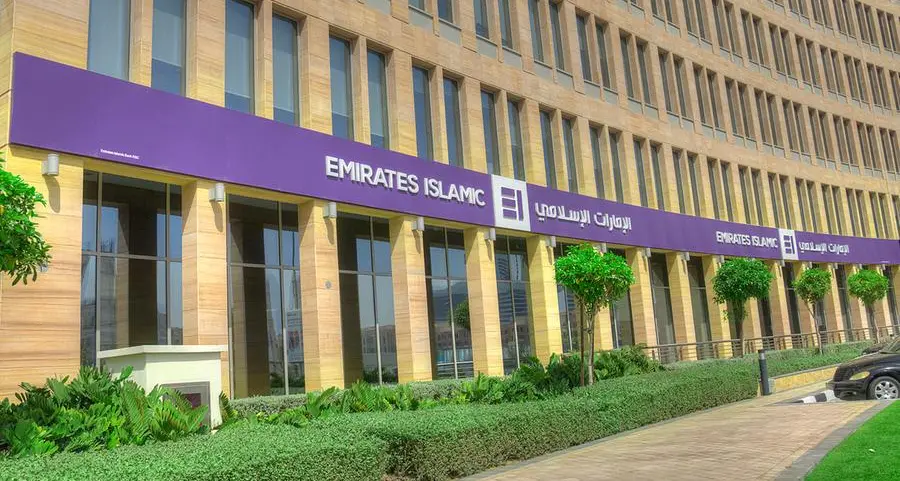PHOTO
DUBAI, UAE: Port operators in the region are reimagining their operations, shifting to a broader concept of port-centric logistics, where they are part of a larger integrated ecosystem of global trade. However, the rapid increase in port capacities across the GCC region has led to a drop in utilization, as supply growth has outpaced demand. Global trade patterns are gradually changing, with regional trade replacing the traditional east-west international routes. These are among the key findings of Anchored in the new reality Ports perspectives, a new report by KPMG Lower Gulf, which captures the evolving dynamics of the region’s maritime sector and the road ahead for port operators.
Shahnawaz Nakhoda, Partner, Ports and Logistics, KPMG Lower Gulf said: “The GCC’s strategic geographic location and state-of-the-art infrastructure has enabled port operators to play a vital role in global maritime trade. As the world battles geopolitical trade tensions and the coronavirus pandemic, ports are playing a vital role in keeping the flow of goods moving. Port operators are building a presence across the supply chain to enhance their value proposition.”
Container penetration in GCC countries is more than six times that of the world average and significantly higher than that of major developed nations in the west. The development of port-linked free trade zones has contributed to the success of the sector in the region. GCC port operators have continued to invest in infrastructure, expansion and technology, increasing throughput capacity, the KPMG report states. Currently, the region’s annual average capacity growth is estimated to be 4.2%—double the global average capacity growth of 2.1%, as supply growth has outpaced demand in recent years.[1] Excess capacity has resulted in a port utilization rate of 55% compared to the global average of 62%.
Increased concentration in the shipping industry and the adoption of larger vessels has resulted in demand for higher port productivity and better infrastructure by the liners. To address these requirements, port operators are increasingly investing in technology the report states.
GCC ports have higher-than-average vessel sizes, as they tend to be transshipment hubs. However, in the UAE and Saudi Arabia, the average duration of stay for a vessel in the port is higher than any of the other major maritime geographies, even in comparison with hubs such as Singapore and Hong Kong.
According to the KPMG report, operators are also implementing technology-led solutions to increase trade efficiency and establishing initiatives designed to overcome trade barriers. Addressing port underutilization and congestion remains a priority.
Meanwhile, climate change is emerging as a significant risk. Other emerging challenges include growing freight traffic and critical operational challenges while delivering services. To overcome these, ports are increasing investment in smart port technologies and integration of the value chain with digital platforms.
The KPMG report notes that port operators are integral to the global ecosystem of trade, with emerging markets remaining the primary focus. In terms of geographical footprint, DP World is the most diverse operator, with terminals in 31 countries across six continents.
Vertical integration between port operators and logistics service providers (both inland and by sea) either through alliances, or mergers and acquisitions, are picking up pace as port operators seek to increase their overall presence across the trade supply chain. Logistics service providers, especially smaller businesses who may not want to partner with port operators, would accordingly need to differentiate or improve their service offerings to remain competitive.
For more information, please visit https://home.kpmg/ae/en/home/insights/2021/03/anchored-in-the-new-reality.html
[1] Drewry Global Container Terminal Operators 2020 – pages 220-221 and KPMG analysis
© Press Release 2021
Disclaimer: The contents of this press release was provided from an external third party provider. This website is not responsible for, and does not control, such external content. This content is provided on an “as is” and “as available” basis and has not been edited in any way. Neither this website nor our affiliates guarantee the accuracy of or endorse the views or opinions expressed in this press release.
The press release is provided for informational purposes only. The content does not provide tax, legal or investment advice or opinion regarding the suitability, value or profitability of any particular security, portfolio or investment strategy. Neither this website nor our affiliates shall be liable for any errors or inaccuracies in the content, or for any actions taken by you in reliance thereon. You expressly agree that your use of the information within this article is at your sole risk.
To the fullest extent permitted by applicable law, this website, its parent company, its subsidiaries, its affiliates and the respective shareholders, directors, officers, employees, agents, advertisers, content providers and licensors will not be liable (jointly or severally) to you for any direct, indirect, consequential, special, incidental, punitive or exemplary damages, including without limitation, lost profits, lost savings and lost revenues, whether in negligence, tort, contract or any other theory of liability, even if the parties have been advised of the possibility or could have foreseen any such damages.











